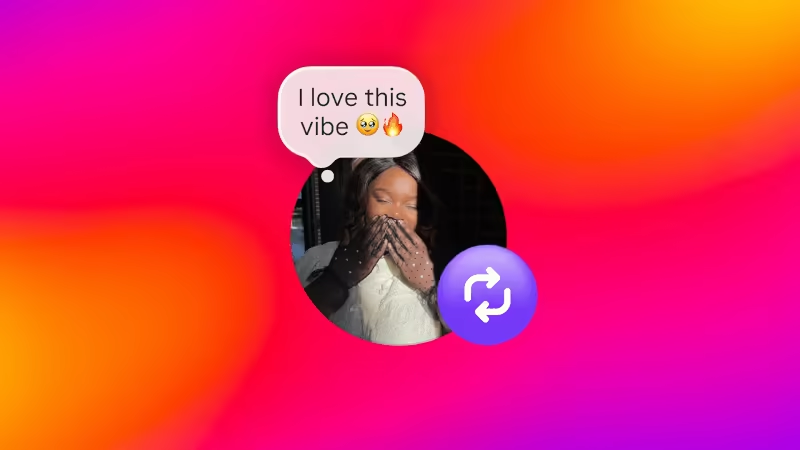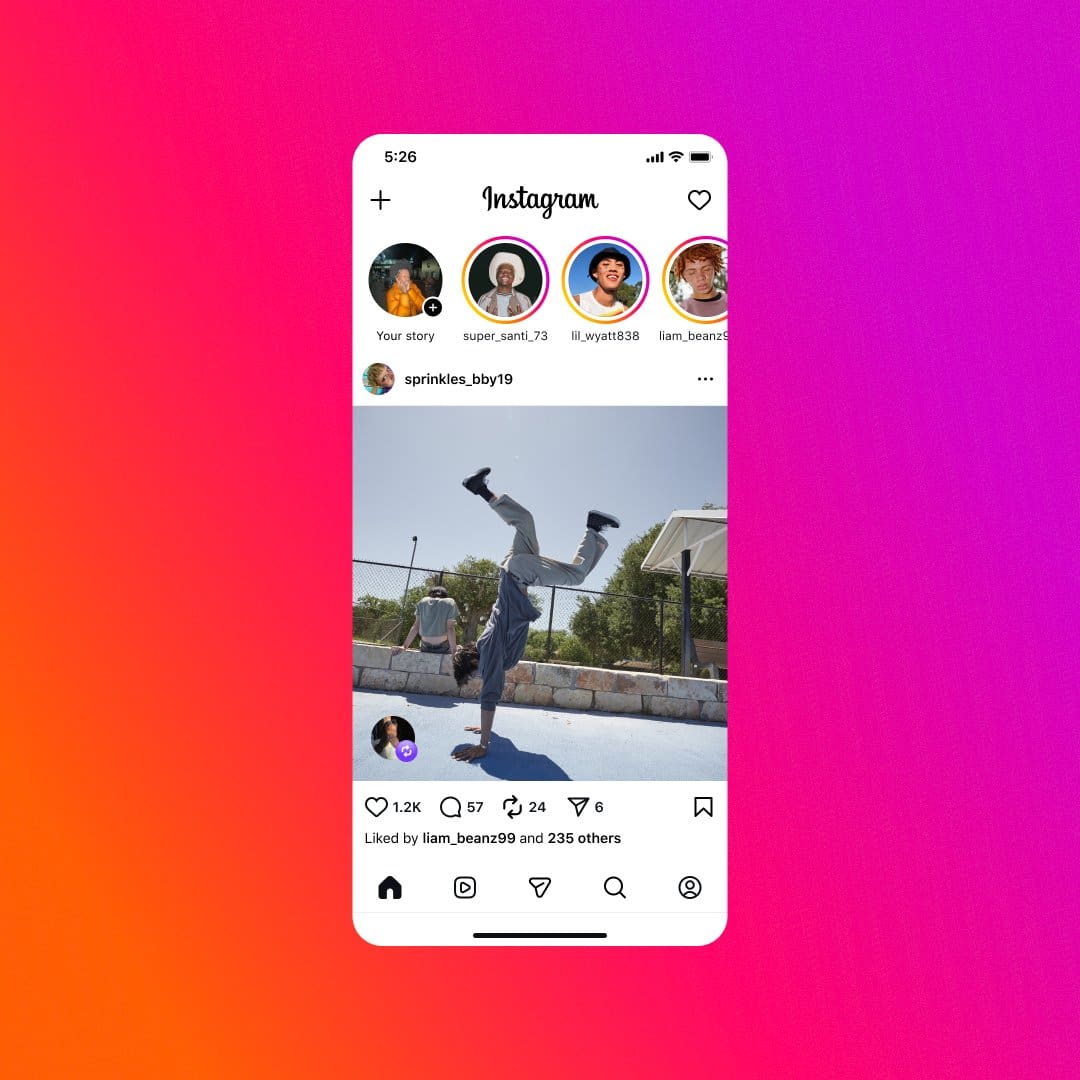
The social media sphere is where things happen, and where information flow faster than a blink of an eye.
It is a constantly shifting arena, where trends rise and fall within hours, narratives are shaped in public view, and moments. Whether it's something joyful, controversial, or tragic, they are amplified to a global audience almost instantly. Here, influence is measured not just by the size of a following, but by the ability to capture attention in a crowded feed.
In this space, every post has the potential to spark conversation, fuel debate, or ignite movements.
But between the good and the bad things that can happen on social media, the companies behind them are always trying to outsmart others, and to do so, they need to continuously improve their products.
Instagram, the ever-popular photo- and video-sharing platform is getting an update from its parent company Meta, that should make it a lot more compelling to users.
3 new features to help you stay up to date with your besties — a
— Instagram (@instagram) August 6, 2025
The first feature, is simply called 'Repost.'
With it, users can now share public posts and Reels directly to their profiles via a new repost button. Each repost appears in a dedicated "Reposts" tab on the user’s profile and is credited to the original creator. These reposts may also appear in followers’ feeds, where they can extend the visibility of the original content beyond the creator’s audience.
This feature is somehow and somewhat similar to TikTok.
This one may be a small update, but a meaningful shift from how Instagram currently operates. Before this, the most efficient way to share other users’ content was to repost it on an Instagram Story. With the update, users can simply reshare it.
.
Meta’s internal communications reveal that only about 7% of Instagram’s interactions in 2025 involved content from friends, which is far lower than rivals. With the Repost feature, Instagram should be able to response to this imbalance, aiming to encourage more peer-to-peer content sharing

The next feature is called the 'Instagram Map,' a feature that is accessible via the top of the direct messages inbox.
What it does, is showing users' "last active location" when they open the app, much like Snapchat. This feature does not track users live. Instead, it only takes snapshot that is updated upon app activity.
With the feature, users can also explore location-tagged content, such as Reels, posts, stories, and Notes from friends or creators for 24 hours after posting
To preserve privacy, sharing location is strictly opt-in. Users can control who sees their location, ranging from mutual followers, Close Friends, a custom list, or no one, and exclude specific people or places. Teen users under supervision trigger notifications to parents if they enable location sharing.

Finally, Instagram has a 'Friends' Tab in Reels.
The feature takes the form of a new "Friends" tab on top of the Reels interface. It showcases public Reels that users’ friends have liked, commented on, reposted, or created, alongside personalized recommendations from shared “Blends.”
Within this tab, other users can initiate conversations by replying directly to the post.
This tab is reminiscent of the long-dead “activity” tab that showed what posts friends were interacting with. This feature was initially met with controversies when it was first introduced, as they were concerns about the ability to opt-out of having interactions broadcasted to everyone who follows the users. +
In other words, it was criticized for revealing too much of users’ behavior.
With the Friends Tab however, users are given more control, and that they can hide their likes and reposts from showing up, and also mute other users’ interactions if they’re not interesting in them. Meta also updated it so that it only shows activity from mutual connections, uses algorithmic filtering, and only surfaces interactions that Instagram deems appropriate for recommendation.

Two of toe aforementioned features are pretty similar to those found on TikTok and Snapchat.
However, when it comes to the internet and social media in particular, no one can truly claim something as theirs until it’s been challenged, whether by criticism or a lawsuit.
Meta has faced both, and it has borrowed plenty from its competitors. Yet, despite openly taking inspiration, Meta doesn’t simply copy and paste ideas and stamp its name on them. Instead, the company, known for its wide range of products and services, refines and adapts those ideas, tailoring them to better resonate with its audience.
"People have always come to Instagram to share what they’re up to and where they are. Now, with reposts, the map, and the 'Friends' tab in Reels, it’s easier for you and your friends to stay in touch through the content you’re enjoying on Instagram," wrote Meta in its announcement.
